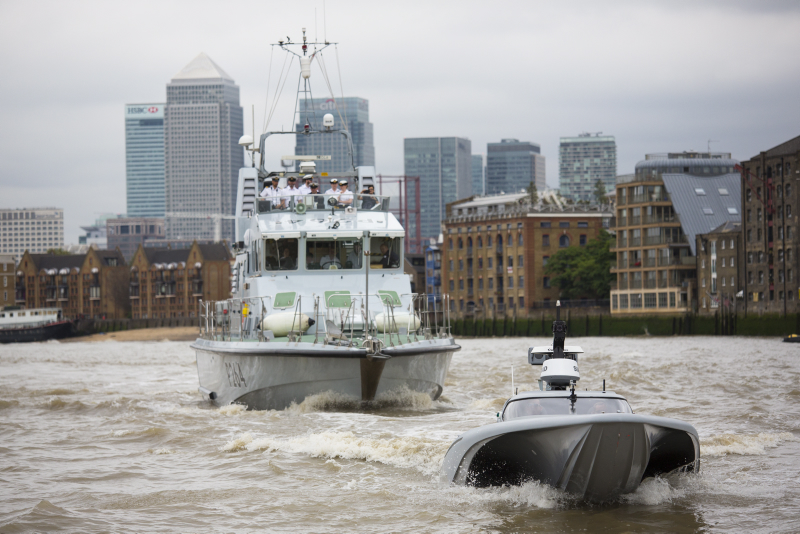
QinetiQ has agreed a £4.5M contract to lead Phase IV of The Maritime Autonomous Platform Exploitation (MAPLE) on behalf of the Defence Science and Technology Laboratory (Dstl).
The MAPLE project has been pioneered by QinetiQ in partnership with BAE Systems, SeeByte and Thales. Collectively, their aim is to demonstrate and de-risk the integration of multiple unmanned systems into the combat suite of a Royal Navy warship.
During Phase III, QinetiQ – together with its industry partners – led development of a technology demonstrator, dubbed Autonomous Control Exploitation Realisation (ACER). This was a deployable prototype, an iteration of Dstl’s Open Architecture Combat System (OACS).
ACER is essential. It enables MAPLE to demonstrate its effectiveness in dealing with a variety of conditions. Phase IV will innovate the initial design, validate the architecture and extend the capabilities to include communication. This enhanced capability will be demonstrated during a series of synthetic experiments at QinetiQ’s Portsdown site and a number of live exercises.
The MAPLE project builds upon the achievements of Unmanned Warrior 2016, which successfully integrated data sourced from 25 unmanned air, surface and underwater vehicles from 12 organisations through ACER.
Stuart Hider, QinetiQ’s Director Maritime Programmes, explained: “Through effective collaboration we are building on the ACER system’s success at Unmanned Warrior. MAPLE is a key project in unlocking the huge potential of unmanned vehicles and autonomous systems in safeguarding sovereign interests.”
Speaking at a recent Royal Navy Maritime Autonomous Systems Conference held in early May, Dr Philip Smith – Above Water Systems Programme Manager at Dstl – said: “It is the Royal Navy’s intention to lead and win through the innovative and robust exploitation of maritime autonomous systems. The MAPLE work is the route by which this vision is turned into reality.”
If you would like to join our community and read more articles like this then please click here.







